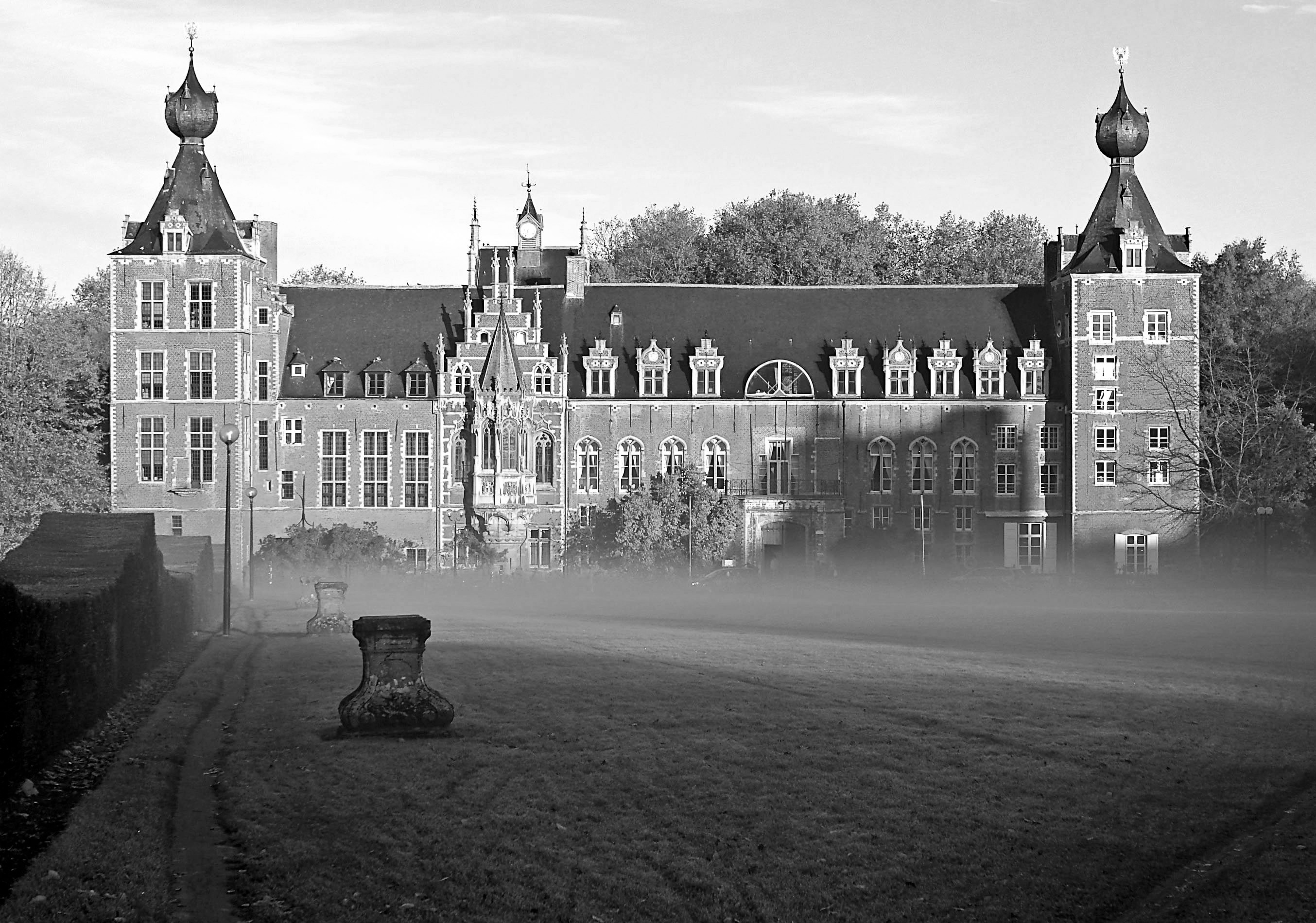My PhD defence takes place on 10 June 2025, 10:00 at the Arenberg Castle in Leuven, Belgium. Please indicate whether you will be present in the RSVP poll by following this link. You can attend remotely via the livestream at this link.
This webpage aims to give you all the information you need to not just attend my defence but also tips to turn your visit into a lovely weekend trip to Leuven. If you should have any further questions, don’t hesitate to contact me via my socials, email, or phone!

Venue
As it is the oldest university in the low countries, the campus of KU Leuven consists of buildings from many centuries. I have the privilege to invite you to the Castle of Arenberg built in the 16th century, located just a few kilometres outside Leuven.
Arenbergkasteel
Kardinaal Mercierlaan 94
3001 Leuven
BelgiumCoordinates: 50° 51′ 48″ N, 4° 40′ 59″ E
Google Maps: https://maps.app.goo.gl/cFmD56oU3Bfwyi1E7
Public transport
Close to the venue, there are various bus stops with direct service from Leuven station, for example “Heverlee Kantineplein”.
Parking
On-site parking is available at the Kapeldreef parking lot with entry code 88131#.

Schedule
The formalities on 10 June 2025 at Arenberg Castle will follow this schedule:
| Time | Description | Location |
|---|---|---|
| 10:00 | Entrance | Arenberg Castle |
| 10:30 | PhD defence | Auditorium |
| 12:30 | Reception with snacks and drinks | Prinsenzaal & Hertogenzaal |
| 14:30 | End of main event | Arenberg Castle |
| 15:00 | Early dinner with close family | Near Arenberg Castle |
| 17:30 | Pub crawl (open to all, open ended) | Oude Markt, Leuven |
Suggestions
The city centre of Leuven is definitely worth a visit. While you’re wandering around the historic old town, explore the town hall (Historisch Stadhuis van Leuven), the old market square (Oude Markt), or the beguinage (Groot Begijnhof).
Belgium is known for full-flavoured beers, hearty food, and chocolate. Try a typical Belgian Blonde beer—also available in their stronger Double or Triple variants—or a Kriek cherry beer. Stoofvlees is the iconic Flemish beef stew and Belgian fries are the best in the world and are typically served with mayonaise. Moules frites—mussles with fries—are also an iconic Belgian dish. Neuhaus has the best Belgian chocolates (in my opinion); Jean Neuhaus is the inventor of the praline and his wife the inventor of the ballotin—a sturdy gift wrap box to avoid crushing the chocolates.
Dissertation
Physical copies of the thesis will be handed out at the public defence. A digital version of the full thesis is available online.
Abstract
Heart rhythm disorders like atrial and ventricular tachycardia and fibrillation can be treated in various ways. These arrhythmias are characterised by abnormal electrical activity in the heart such as re-entrant circuits—for instance spiral waves. Clinicians can choose from methods ranging from medication to surgical interventions like ablation or implantation of a pacemaker or defibrillator. These choices depend on a large variety of factors that, in the end, all come down to tweaking the electrical patterns to restore a healthy heart rhythm.
It is not always clear which treatment is the best for a particular patient and what outcome can be expected. The diagnosis and treatment of the cause of an arrhythmia, for instance by localisation of re-entrant circuits, is a complex process as it should also take into account the patient’s unique anatomy and physiology. This is why personalised computational models of the heart—so-called cardiac digital twins—hold great promise for the future of cardiology.
Zooming in to the level of individual heart muscle cells, creating a computational model of their electrical activity remains challenging: The response of individual cells to stimuli must be measured and combined into a model that should then be able to predict behaviour on the tissue and organ level—which can be a big leap requiring a lot of validation.
In this dissertation, we explore computational methods for personalised modelling of cardiac electrophysiology. We create software packages to numerically simulate the reaction-diffusion equations for the electrical activity of the heart. We also develop methods to detect and study re-entrant circuits in the heart as phase defects. We describe arrhythmia formation via quasiparticles in Feynman-like diagrams. Lastly, we create data-driven models for cardiac electrophysiology directly from optical voltage mapping data on monolayers—videos of the excitation waves in two-dimensional tissue samples.
While the reaction-diffusion based software package can be used for highly detailed simulations of the electrical patterns in the heart, the novel data-driven approach allows streamlined creation of models specific to individual tissue samples at much lower computational cost. Spiral wave dynamics can be predicted from just focal wave data. The phase defect approach offers a new way to study re-entrant circuits in the heart: With the quasiparticle view, we uncovered deeper insights into the mechanisms of arrhythmia formation.
The presented methods are a few steps towards the creation of fully personalised cardiac digital twins. In the future, the data-driven model creation pipeline could be used to refine a general model of the cardiac excitation waves to a patient-specific one. In conjunction with the phase defect approach, this could lead to improved diagnosis and treatment strategies for heart rhythm disorders that are truly personal.